10 Leftovers You Should Never Reheat, Save, Or Combine (But Many Families Still Do)
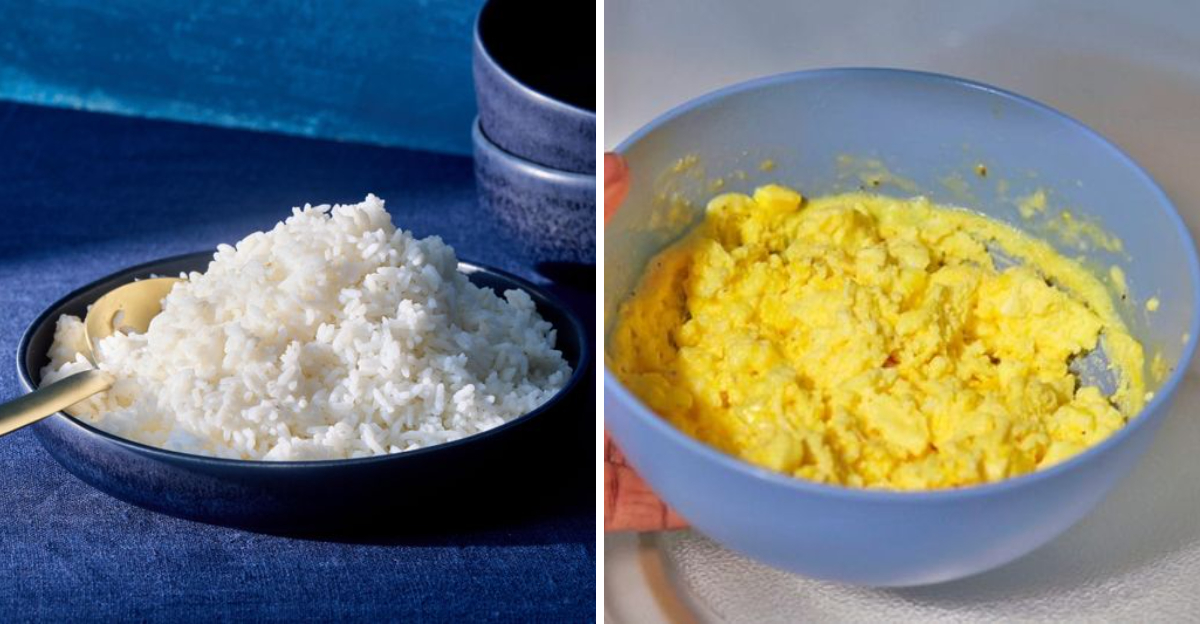
Leftovers can be a lifesaver—but not all of them are worth the risk. Some dishes lose texture, flavor, or even become unsafe after sitting in the fridge or going through multiple reheats. Here are 10 leftovers you’re better off tossing or transforming carefully (even though plenty of families still try to make them work).
1. Rice (When Not Stored Properly)
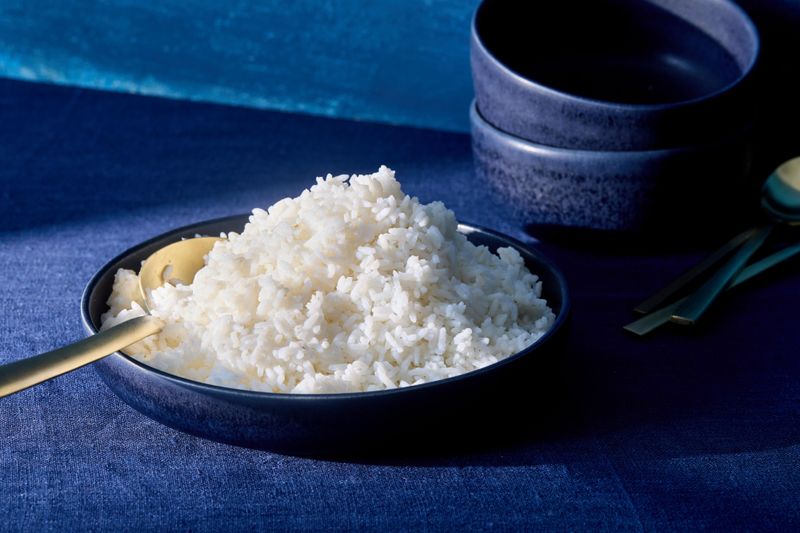
Cold rice, if not stored properly, can be a silent threat lurking in your fridge. It often harbors Bacillus cereus, a type of bacteria that survives even after cooking. When rice sits out too long, before being refrigerated, this bacteria has a chance to proliferate, leading to potential food poisoning. Reheating it more than once increases these risks. The texture also changes, losing its fluffy appeal and becoming hard or mushy. To keep your meal safe and delicious, ensure rice is refrigerated quickly and reheated only once. Otherwise, it’s best to transform it into a new dish or discard it altogether.
2. Fried Foods (Like French Fries or Fried Chicken)
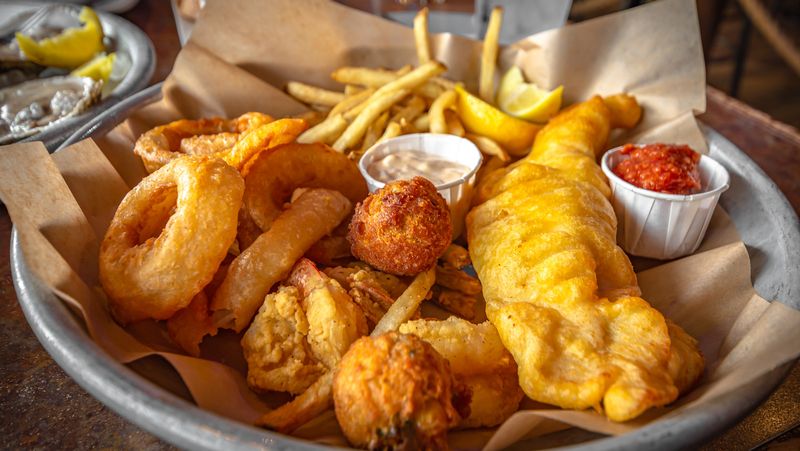
Picture your favorite crispy fries turning into a sad, soggy mess. Reheating fried foods rarely restores their original crunchy magic. Instead, you end up with a greasy, limp version of what was once delightful. The texture becomes more rubbery, and repeated heating can make them unpleasantly oily. While the taste diminishes, the disappointment grows. Enjoy fried treats fresh and crisp. If leftovers remain, consider making a new dish, like a casserole or salad, where texture matters less. Otherwise, let go of the idea that reheating can revive them. Their original charm is truly one-of-a-kind.
3. Fish (Especially Oily Varieties)
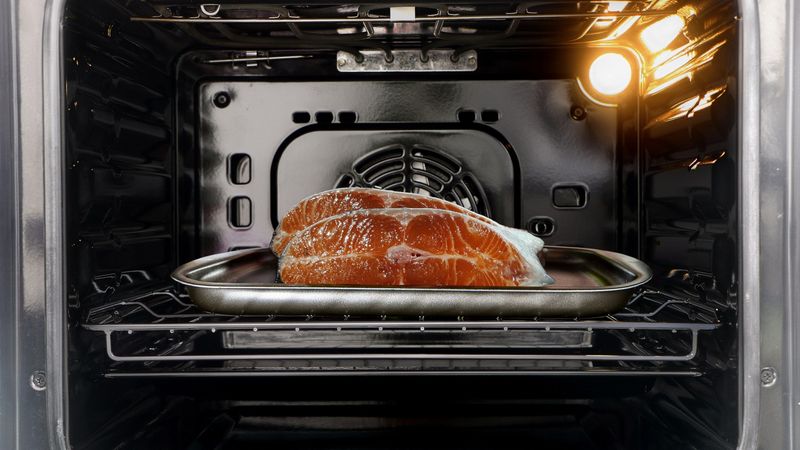
Reheated fish, particularly oily varieties like salmon or mackerel, rarely deliver a pleasant dining experience. They tend to dry out, losing their tender, flaky texture. The reheating process intensifies their natural oils, creating an overpoweringly “fishy” aroma that can linger in your kitchen. For a more enjoyable experience, eat leftover fish cold or repurpose it into a brand-new dish, such as fish cakes or salads. The texture and flavor blend better when not subjected to direct reheating. Although reheating fish isn’t ideal, it can be transformed into something equally delicious without the pungent aroma.
4. Cream-Based Sauces and Soups
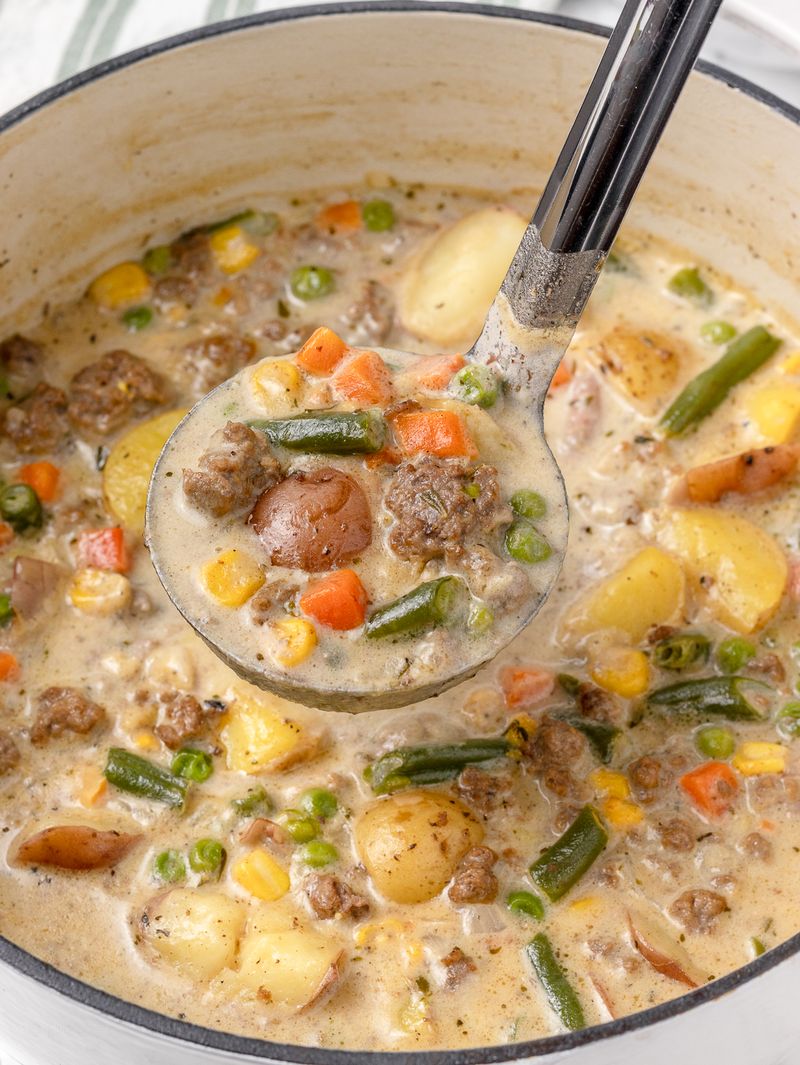
Cream-based sauces and soups, while delightfully rich and smooth when fresh, can turn into a kitchen nightmare upon reheating. The creamy texture often separates, leaving behind clumps and a grainy consistency. Soups with dairy ingredients may not heat evenly, spoiling faster or curdling, especially if left out for too long before being stored. Reheated, they lose their comforting quality, becoming unappetizing. Instead, when dealing with leftovers, consider using them as a base for a new creation, like a casserole. This way, they can remain useful without the disappointment of a reheated, curdled mess.
5. Eggs (Scrambled or Fried)
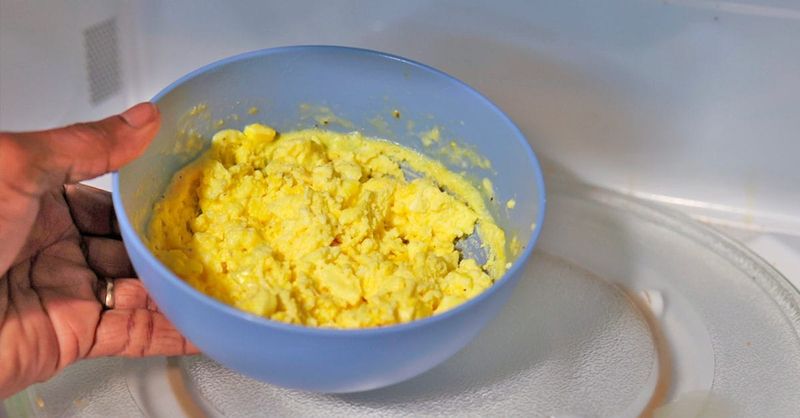
Reheated scrambled or fried eggs often become a breakfast blunder. Instead of their original fluffy or velvety texture, they turn rubbery and dense. This change happens because reheating overcooks the delicate proteins, leading to an odd sulfur-like smell that’s anything but appetizing. For those who love eggs, it’s a real disappointment. To enjoy eggs at their best, prepare them fresh, or consider using leftovers cold in salads or sandwiches. This way, the texture remains more palatable, and the flavors stay intact. Avoid the rubbery pitfalls of reheated eggs for a more delightful meal experience.
6. Leafy Greens (Especially Spinach)
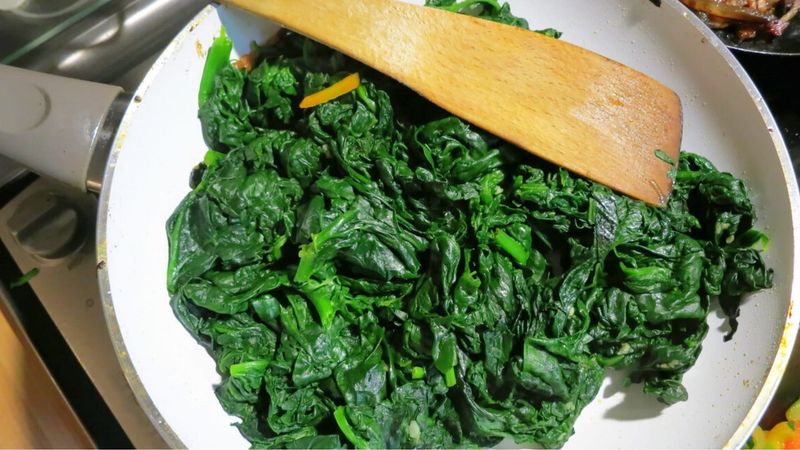
Spinach and other leafy greens, when reheated, can unknowingly turn into nutritional foes. These greens may release nitrates during repeated heating, which aren’t typically harmful in small amounts but can become concerning over time. Freshly cooked, they offer a vibrant taste and health benefits, but reheating them alters both their texture and nutritional profile. To savor their goodness, consume them as soon as possible after cooking. Alternatively, add them cold to smoothies or salads for a different culinary twist. Embrace their fresh appeal and avoid the potential risks that reheating brings to the table.
7. Pasta with Sauce Already Mixed In
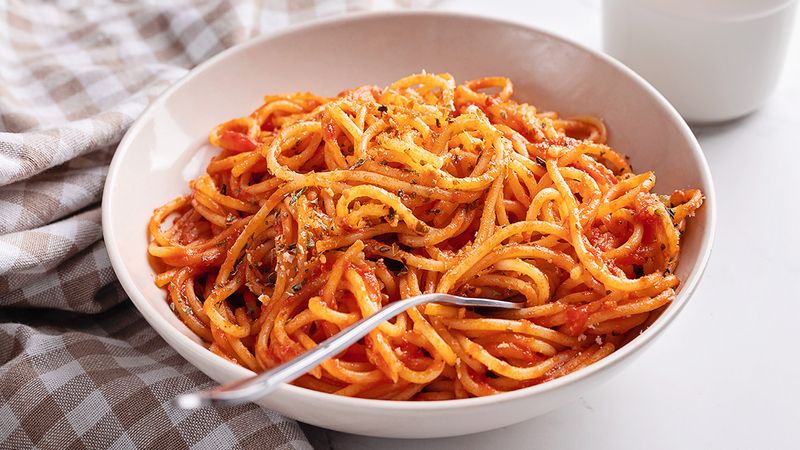
Pasta mixed with sauce before storing is a recipe for mushy disappointment. The noodles absorb moisture and flavors from the sauce, turning into a soggy mass rather than retaining their al dente bite. This texture change makes reheated pasta less appealing and detracts from what was once a delightful meal. For the best pasta experience, store sauce and pasta separately, allowing for fresher flavors and better texture when reheated. If separation isn’t possible, consider using the pasta in a casserole or bake, where the texture change won’t detract from the overall dish’s appeal.
8. Sushi or Raw Fish Dishes
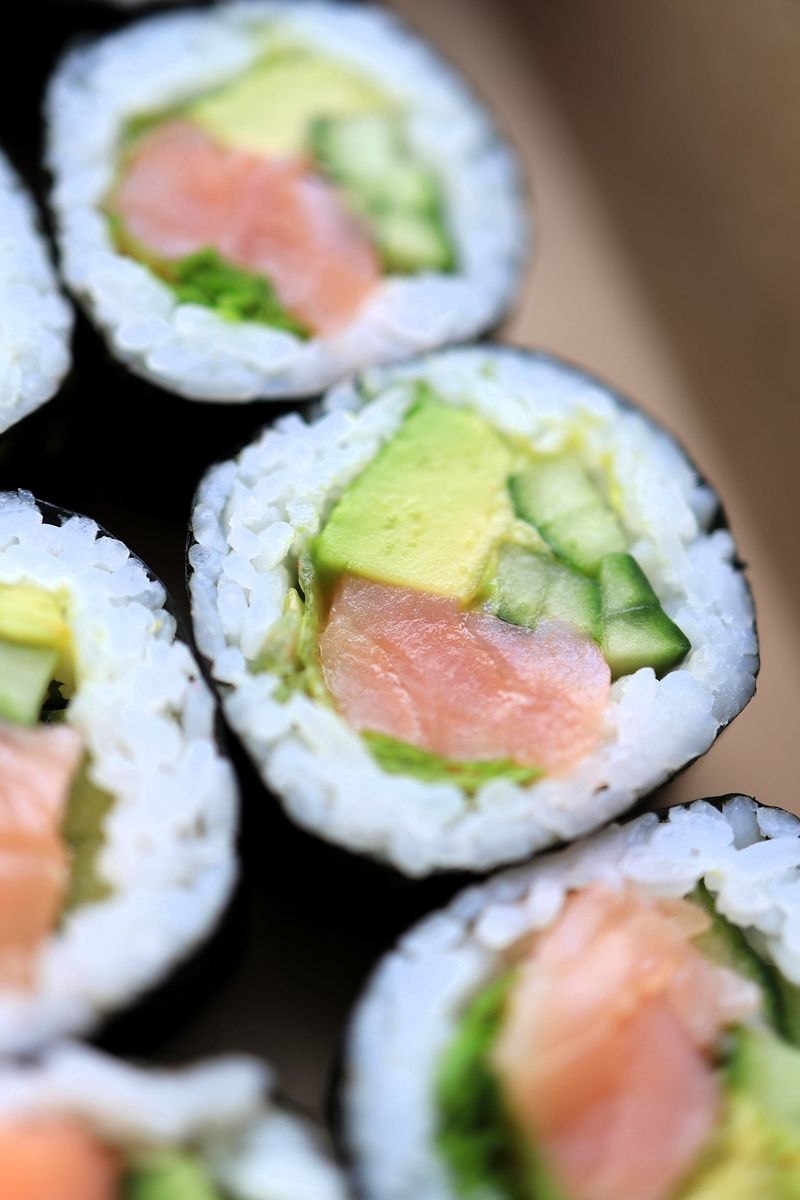
Sushi, a delicate culinary art, loses its finesse when left for another day. The rice hardens, and the fish loses its fresh quality, leading to a less enjoyable meal. Day-old sushi can also pose health risks if not stored properly, as raw fish is highly perishable. The harmony of flavors and textures is best experienced fresh, so savor your sushi promptly. If leftovers persist, repurpose them into a creative dish like a sushi salad, where freshness is less of a concern. Let sushi be a treat enjoyed in its prime to truly appreciate its artistry.
9. Shellfish (Like Shrimp or Mussels)
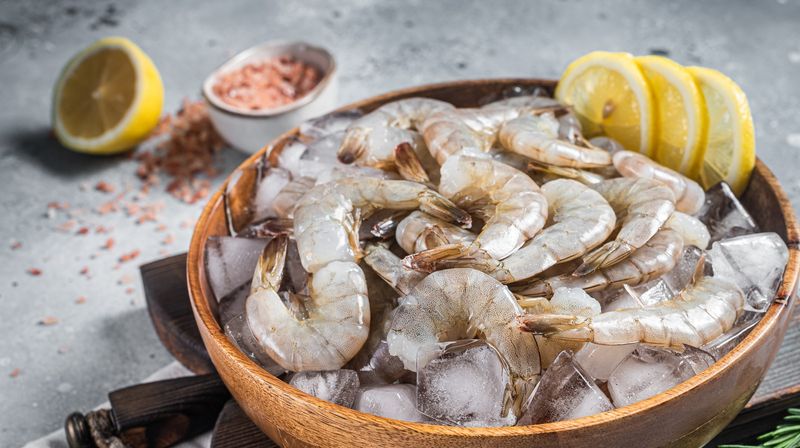
Shellfish like shrimp or mussels are best enjoyed fresh, as reheating them often results in a rubbery texture and flavor loss. Improper storage or cooling can also lead to foodborne illnesses, a risk not worth taking. Their delicate nature demands careful handling and quick consumption to maintain their essence. To maximize enjoyment, consider using leftovers in a cold dish, such as a seafood salad, where their texture isn’t compromised. Alternatively, indulge in them freshly prepared, relishing the tender, juicy experience they offer when at their best. Avoid reheating to keep the pleasure intact.
10. Mashed Potatoes with Dairy
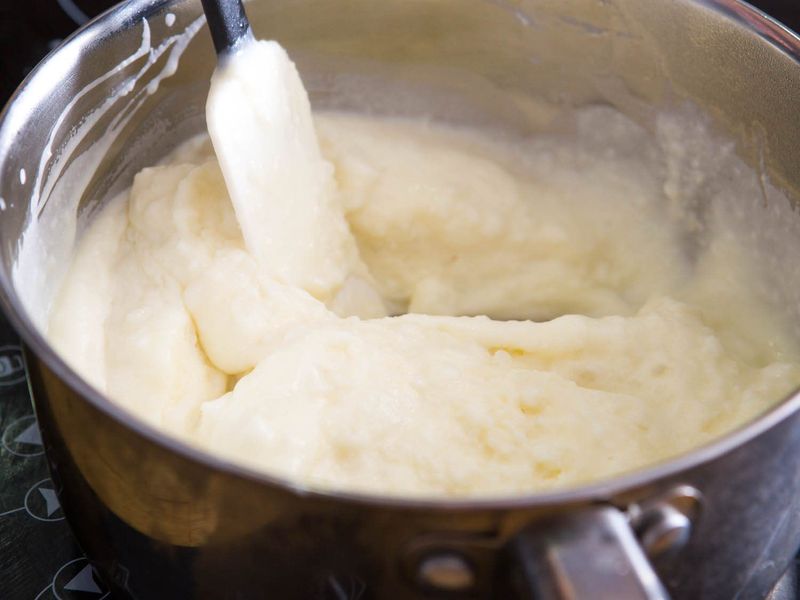
Mashed potatoes, especially those rich in milk or cream, can transform into a gluey, grainy side dish when reheated. The creamy, smooth delight becomes compromised as the texture changes, losing its fluffy appeal. Additionally, the dairy content may spoil or separate, further altering the dish. Instead of enduring this disappointment, consider reinventing them into potato pancakes or croquettes. These creative alternatives preserve the flavor while offering a new culinary experience. Freshly made mashed potatoes remain unmatched, so enjoy them straight from the pot for the ultimate comfort food experience.
